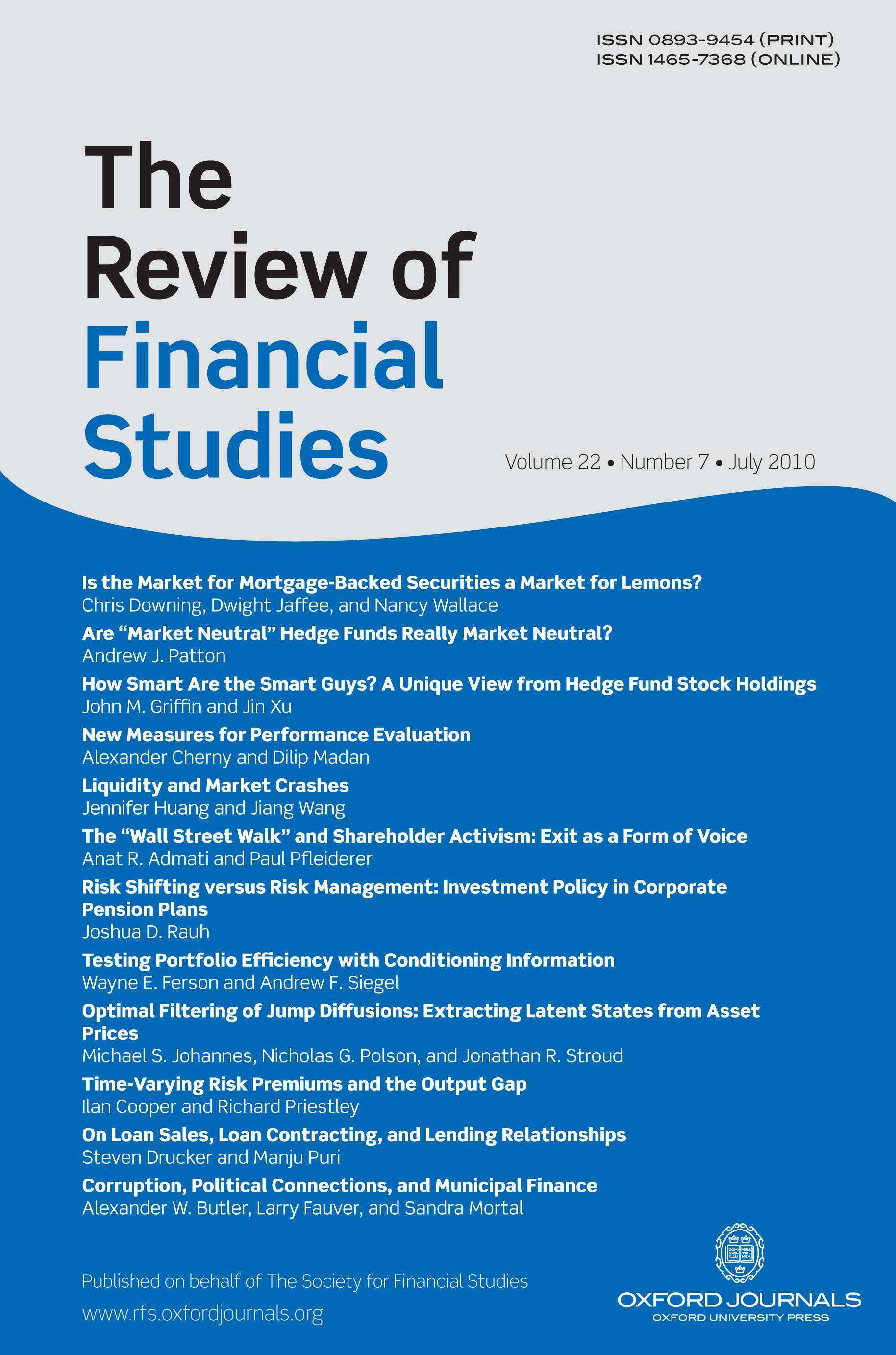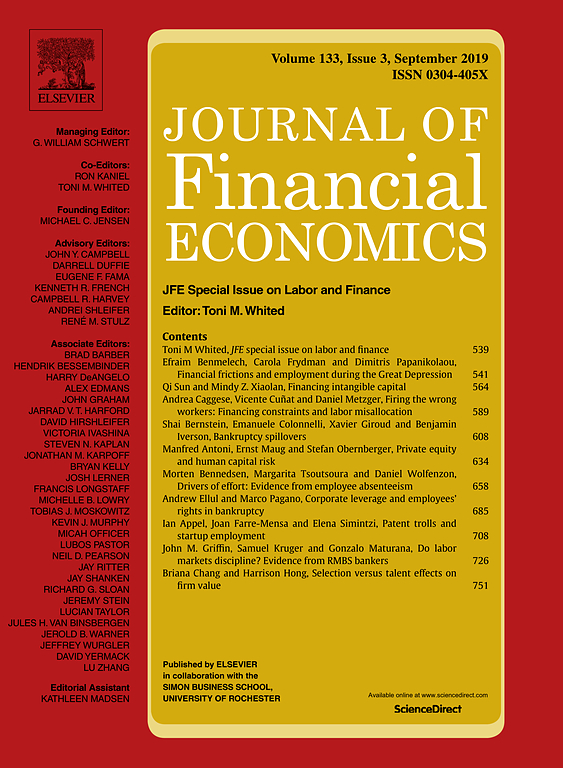Professor Dr Sascha Steffen

Current Position
since 11/14
Research Professor
Halle Institute for Economic Research (IWH) – Member of the Leibniz Association
since 8/17
Professor of Finance
Frankfurt School of Finance & Management
Research Interests
- financial intermediation
- banking
Sascha Steffen joined the institute as a Research Professor in November 2014. His research focuses on banking, corporate finance, and financial intermediation.
Sascha Steffen holds the position of Professor of Finance at Frankfurt School of Finance & Management. Prior to that, he was Professor of Financial Markets at the University of Mannheim.







